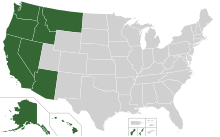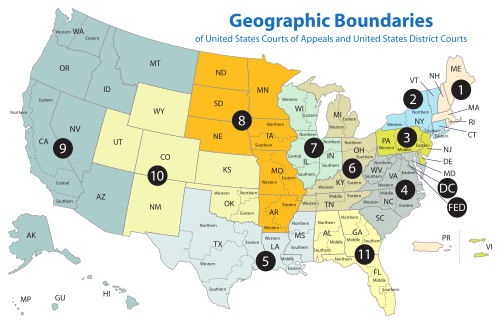
The United States courts of appeals are the intermediate appellate courts of the United States federal judiciary. The courts of appeals are divided into 13 "Circuits". Eleven of the circuits are numbered "First" through "Eleventh" and cover geographic areas of the United States and hear appeals from the U.S. district courts within their borders. The District of Columbia Circuit covers only Washington, DC. The Federal Circuit hears appeals from federal courts across the United States in cases involving certain specialized areas of law. The courts of appeals also hear appeals from some administrative agency decisions and rulemaking, with by far the largest share of these cases heard by the D.C. Circuit. Appeals from decisions of the courts of appeals can be taken to the U.S. Supreme Court.
In law, an en banc session is a session in which a case is heard before all the judges of a court rather than by one judge or a smaller panel of judges. En banc review is used for unusually complex or important cases or when the court believes there is a particularly significant issue at stake.

Alex Kozinski is a Romanian-American jurist and lawyer who was a judge on the U.S. Court of Appeals for the Ninth Circuit from 1985 to 2017. He was a prominent and influential judge, and many of his law clerks went on to clerk for U.S. Supreme Court justices.

The United States Court of Appeals for the Eighth Circuit is a United States federal court with appellate jurisdiction over the following United States district courts:

The United States Court of Appeals for the Third Circuit is a federal court with appellate jurisdiction over the district courts for the following districts:

The United States Court of Appeals for the Fourth Circuit is a federal court located in Richmond, Virginia, with appellate jurisdiction over the district courts in the following districts:

The United States Court of Appeals for the Fifth Circuit is a federal court with appellate jurisdiction over the district courts in the following federal judicial districts:

The United States Court of Appeals for the Sixth Circuit is a federal court with appellate jurisdiction over the district courts in the following districts:

The United States Court of Appeals for the Seventh Circuit is the U.S. federal court with appellate jurisdiction over the courts in the following districts:

The United States Court of Appeals for the Tenth Circuit is a federal court with appellate jurisdiction over the district courts in the following districts:

The United States Court of Appeals for the District of Columbia Circuit is one of the thirteen United States Courts of Appeals. The D.C. Circuit has the smallest geographical jurisdiction of any of the U.S. courts of appeals, and it covers only one district court: the U.S. District Court for the District of Columbia. It meets at the E. Barrett Prettyman United States Courthouse in Washington, DC.

The United States Court of Appeals for the Federal Circuit is a United States court of appeals that has special appellate jurisdiction over certain types of specialized cases in the U.S. federal court system. It has exclusive appellate jurisdiction over all U.S. federal cases involving patents, trademarks, government contracts, veterans' benefits, public safety officers' benefits, federal employees' benefits, and various other categories. Unlike other federal courts, the Federal Circuit has no jurisdiction over cases involving criminal, bankruptcy, immigration, or U.S. state law.

The District of Columbia Court of Appeals is the highest court of the District of Columbia, the capital city of the United States. The court was established in 1942 as the Municipal Court of Appeals, and it has been the court of last resort for matters of D.C. local law since 1970. The court is located in the former District of Columbia City Hall building at Judiciary Square. The D.C. Court of Appeals and the Superior Court of the District of Columbia comprise the District of Columbia's court system.
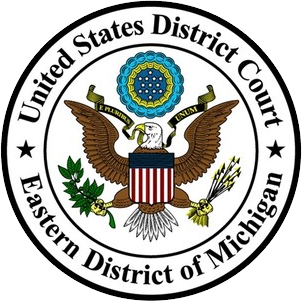
The United States District Court for the Eastern District of Michigan is the federal district court with jurisdiction over of the eastern half of the Lower Peninsula of the State of Michigan. The Court is based in Detroit, with courthouses also located in Ann Arbor, Bay City, Flint, and Port Huron. The United States Court of Appeals for the Sixth Circuit has appellate jurisdiction over the court.

The United States District Court for the Western District of Michigan is the federal district court with jurisdiction over the western portion of the state of Michigan, including the entire Upper Peninsula and the Lower Peninsula from Lansing westward.
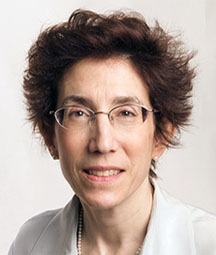
Sandra Segal Ikuta is a United States circuit judge of the United States Court of Appeals for the Ninth Circuit.

Stephen Roy Reinhardt was a United States circuit judge of the United States Court of Appeals for the Ninth Circuit, with chambers in Los Angeles, California. He was the last federal appeals court judge in active service to have been appointed to his position by President Jimmy Carter.
The Government of Guam (GovGuam) is a presidential representative democratic system, whereby the president is the head of state and the governor is head of government, and of a multi-party system. Guam is an organized, unincorporated territory of the United States with policy relations between Guam and the US under the jurisdiction of the Office of Insular Affairs.
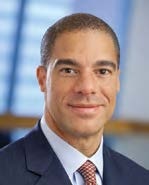
Paul Jeffrey Watford is an American lawyer who served as a United States circuit judge of the United States Court of Appeals for the Ninth Circuit from 2012 to 2023. In 2016, The New York Times identified Watford as a potential Supreme Court nominee to replace Justice Antonin Scalia. Watford resigned his judgeship in 2023 and became a partner at the law firm Wilson Sonsini Goodrich & Rosati.
In law, an appeal is the process in which cases are reviewed by a higher authority, where parties request a formal change to an official decision. Appeals function both as a process for error correction as well as a process of clarifying and interpreting law. Although appellate courts have existed for thousands of years, common law countries did not incorporate an affirmative right to appeal into their jurisprudence until the 19th century.

